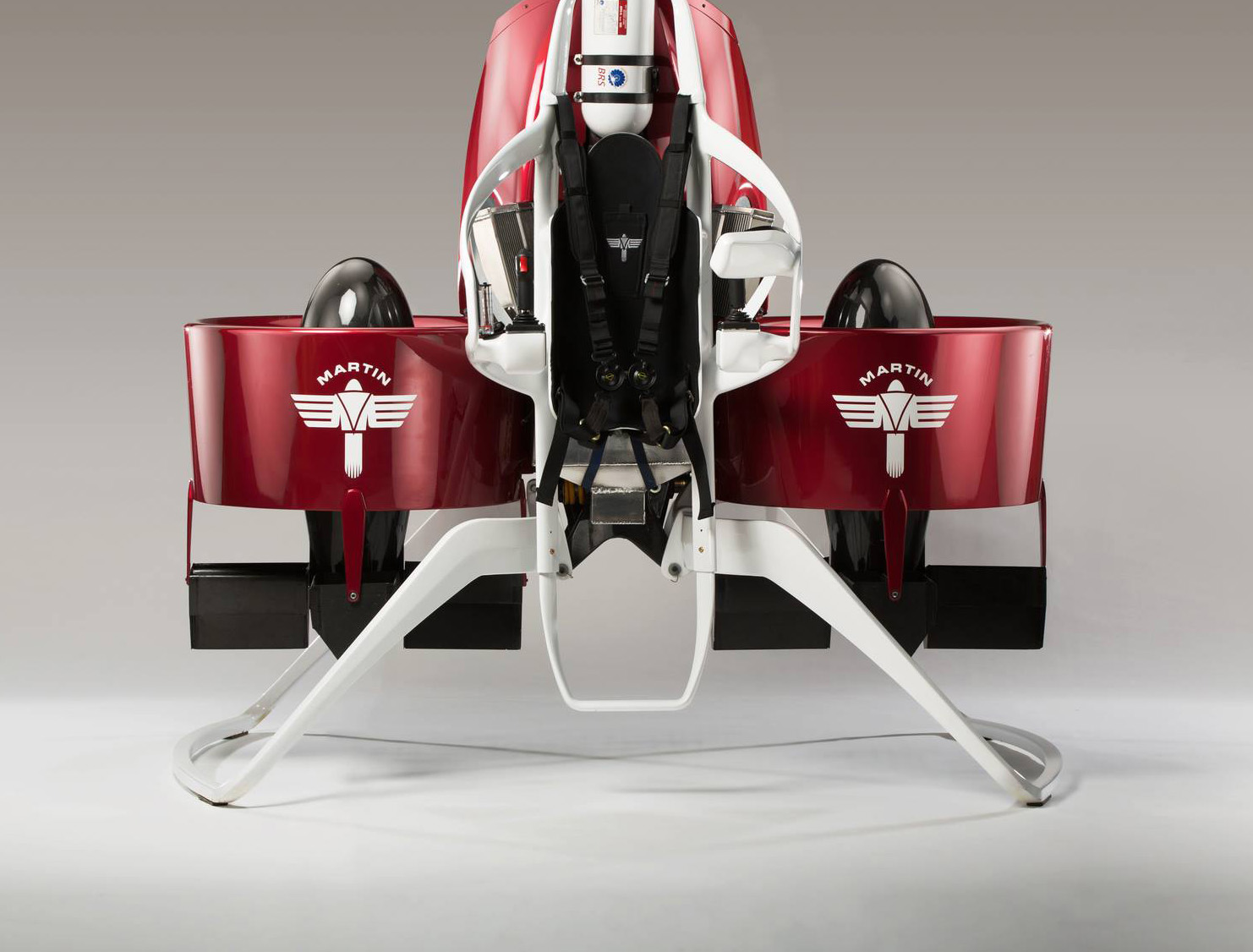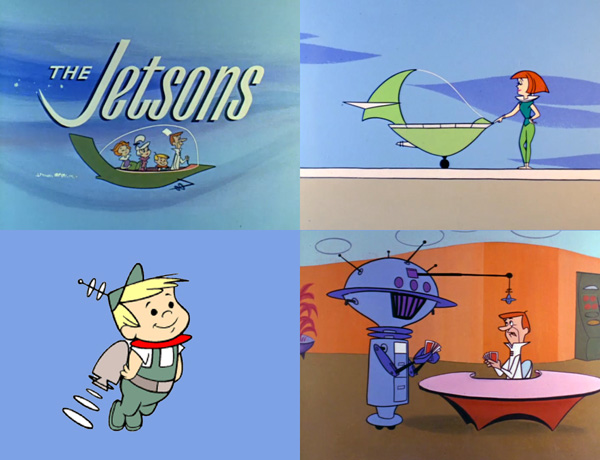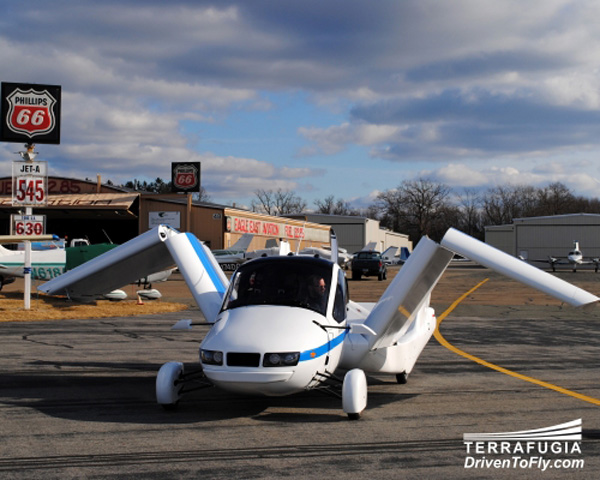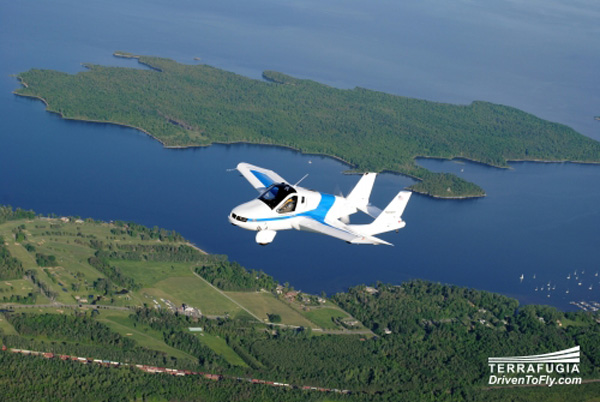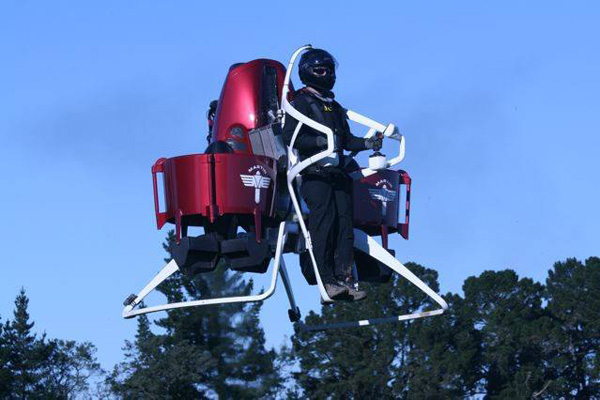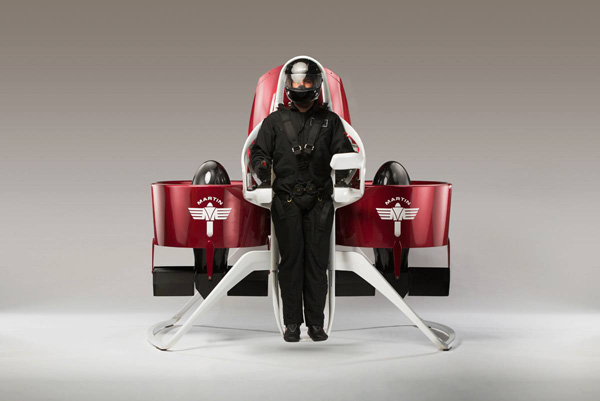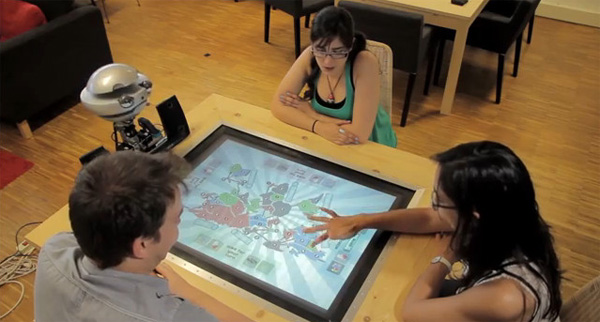Although it lasted for just one season in 1962, The Jetsons proved to be a very influential series through endless repeats, embodying our fanciful ideas and dreams for the future. It’s amazing that just fifty years later the show’s flat-screen televisions, video calls, and robot vacuums are now a reality, but most fans have been waiting for the big three – flying cars, jet packs, and robot companions. This week we reveal that the wait is over.
Flying Cars – The Terrafugia Transition
The FAA has given clearance for the first flying car in the United States. It’s called the Terrafugia Transition and can transform from being a road-legal car into a small airplane ideal for commuting between airports. It’s compact enough to fit in your garage, stylish enough to turn heads on the highway, and when you reach your local airport can unfold a pair of wings to takeoff without you ever leaving your seat.
Since the Jetsons there have been several attempts at flying cars, but the Transition is the first you can legally fly and with a starting price tag of $279,000 it’s likely to be a privileged few to do so at first. It has a cruising speed of 160 km/h and a range of 660 km in the skies. On the road it gets a mileage of 6.7 L / 100 Km. While you can’t use it to escape a traffic jam, should the weather take a turn for the worse in the skies you can land it on an empty stretch of road for a quick conversion back to wheels and drive your way through a storm instead. Should you get into an accident up in the clouds, the Transition will deploy a parachute to bring it safely down.
The Martin Jetpack
Cleared for legal sale in New Zealand next year and waiting final approval from the FAA in the US is the Martin P12 Jetpack. With twin ducted fans strapped to your back it will lift yourself up into the skies at 7,000 feet and bypass everyone in your way at speeds of up to 50 miles per hour. Although lightweight, it’s certainly not as compact as Elroy Jetson’s jetpack and it makes quite a lot of noise. For your $150,000 starting price you can fly for just 30 minutes at a time, at a range of 30 km.
Those limitations haven’t stopped the pre-orders, many from customers in the United States who are being advised by the company to think of the P12 Jetpack as being a recreational vehicle like a snowmobile or motorcycle, not something you can use to commute to work with.
For aviation authorities the challenge is in classifying it. It may be considered small enough that you won’t need a pilot’s license to use, but disruptive enough that you’ll be restricted from taking it near populated areas. No matter what the rules turn out to be, it does hover high enough that you feel like you’re standing on air and should it run out of fuel, a built-in parachute will help you fall gently back to reality.
Social Robots – The Board Game Companion
In the world of The Jetsons robots are more than task-savers, they are companions capable of grasping the subtleties of romance, office politics, and even cheating at cards. Our robots are merely interactive. They can recognize and respond to our faces and voices, but show little understanding of what’s happening. Researcher and board game designer André Pereira is changing that with a new robot called EMYS. It can play the board game Risk against three human players, participating and socializing at the same level as a human being. With a touchscreen tablet version of the game, it can follow the action while recognizing and calling out to other players by name.
Risk is a tricky game for computers as it involves conversations about alliances and deal-making. Pereira’s robot is designed to carefully watch the others, to note how long someone is taking to make their turn, to be aware when players are talking to each other (thanks to a Kinect camera sensor), and use that information to try to anticipate what someone might be planning.
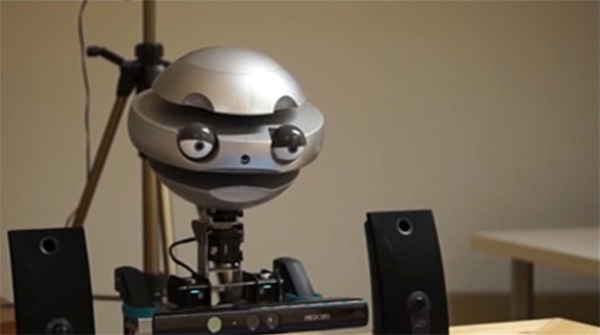
It can respond and get involved in those plans by talking and communicating through gestures, turning its head and making facial expressions, but most impressively by establishing eye contact. If it senses that you may be planning to attack its armies in the game, it can respond by suggesting that would be a bad move and then stare at you with playful intimidation as a ploy to pressure you into changing your mind.
All of this is done with an agile sense of humour and encouragement, mimicking the way we try to keep competitive games light and playful. EMYS is Periera’s PhD thesis for a European Union-funded research project, but given that he’s also established his own company with Tabletip Games, you may be rolling dice with your own EMYS very soon.
For more on The Jetsons check out this fantastic summary at The Smithsonian

